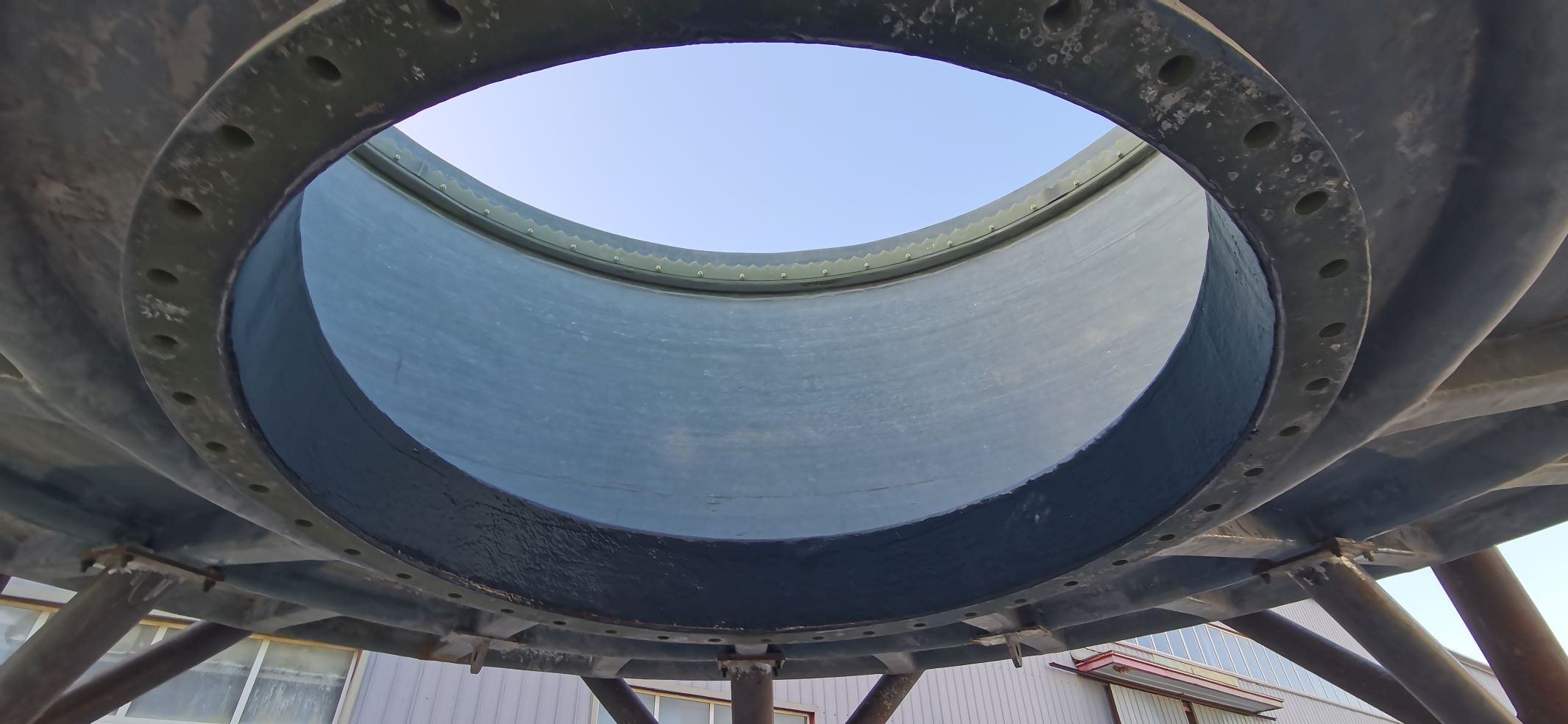
-
 Afrikaans
Afrikaans -
 Albanian
Albanian -
 Amharic
Amharic -
 Arabic
Arabic -
 Armenian
Armenian -
 Azerbaijani
Azerbaijani -
 Basque
Basque -
 Belarusian
Belarusian -
 Bengali
Bengali -
 Bosnian
Bosnian -
 Bulgarian
Bulgarian -
 Catalan
Catalan -
 Cebuano
Cebuano -
 China
China -
 China (Taiwan)
China (Taiwan) -
 Corsican
Corsican -
 Croatian
Croatian -
 Czech
Czech -
 Danish
Danish -
 Dutch
Dutch -
 English
English -
 Esperanto
Esperanto -
 Estonian
Estonian -
 Finnish
Finnish -
 French
French -
 Frisian
Frisian -
 Galician
Galician -
 Georgian
Georgian -
 German
German -
 Greek
Greek -
 Gujarati
Gujarati -
 Haitian Creole
Haitian Creole -
 hausa
hausa -
 hawaiian
hawaiian -
 Hebrew
Hebrew -
 Hindi
Hindi -
 Miao
Miao -
 Hungarian
Hungarian -
 Icelandic
Icelandic -
 igbo
igbo -
 Indonesian
Indonesian -
 irish
irish -
 Italian
Italian -
 Japanese
Japanese -
 Javanese
Javanese -
 Kannada
Kannada -
 kazakh
kazakh -
 Khmer
Khmer -
 Rwandese
Rwandese -
 Korean
Korean -
 Kurdish
Kurdish -
 Kyrgyz
Kyrgyz -
 Lao
Lao -
 Latin
Latin -
 Latvian
Latvian -
 Lithuanian
Lithuanian -
 Luxembourgish
Luxembourgish -
 Macedonian
Macedonian -
 Malgashi
Malgashi -
 Malay
Malay -
 Malayalam
Malayalam -
 Maltese
Maltese -
 Maori
Maori -
 Marathi
Marathi -
 Mongolian
Mongolian -
 Myanmar
Myanmar -
 Nepali
Nepali -
 Norwegian
Norwegian -
 Norwegian
Norwegian -
 Occitan
Occitan -
 Pashto
Pashto -
 Persian
Persian -
 Polish
Polish -
 Portuguese
Portuguese -
 Punjabi
Punjabi -
 Romanian
Romanian -
 Russian
Russian -
 Samoan
Samoan -
 Scottish Gaelic
Scottish Gaelic -
 Serbian
Serbian -
 Sesotho
Sesotho -
 Shona
Shona -
 Sindhi
Sindhi -
 Sinhala
Sinhala -
 Slovak
Slovak -
 Slovenian
Slovenian -
 Somali
Somali -
 Spanish
Spanish -
 Sundanese
Sundanese -
 Swahili
Swahili -
 Swedish
Swedish -
 Tagalog
Tagalog -
 Tajik
Tajik -
 Tamil
Tamil -
 Tatar
Tatar -
 Telugu
Telugu -
 Thai
Thai -
 Turkish
Turkish -
 Turkmen
Turkmen -
 Ukrainian
Ukrainian -
 Urdu
Urdu -
 Uighur
Uighur -
 Uzbek
Uzbek -
 Vietnamese
Vietnamese -
 Welsh
Welsh -
 Bantu
Bantu -
 Yiddish
Yiddish -
 Yoruba
Yoruba -
 Zulu
Zulu
fiberglass food grade equipment a closer look at its features and
A Closer Look at Fiberglass Food Grade Equipment Features and Benefits
In today's fast-paced food industry, the importance of using high-quality, safe, and durable materials cannot be overstated. Among the top choices for food processing is fiberglass food grade equipment, a material that offers an impressive blend of features and benefits tailored for the unique demands of food handling and preparation.
Safety First Non-Toxic Properties
One of the key advantages of fiberglass food grade equipment is its non-toxic nature. This means that it does not leach harmful chemicals into food, making it a safer option compared to some metals and plastics. This is particularly crucial in food processing where contaminants must be minimized. Food-grade fiberglass adheres to strict safety standards set by regulatory bodies, ensuring that it is suitable for direct contact with consumables.
Durability and Longevity
Fiberglass is known for its incredible durability. It can withstand extreme temperatures, from freezing cold to high heat, making it suitable for various food processing environments. Unlike some materials that can rust, corrode, or break down over time, fiberglass holds up remarkably well. This longevity translates to lower replacement costs over the life span of the equipment, aligning with the cost-efficiency goals of food manufacturers.
Low Maintenance and Easy Cleaning
fiberglass food grade equipment a closer look at its features and

Another significant feature of fiberglass food grade equipment is its low maintenance requirement. The smooth surfaces of fiberglass prevent the accumulation of bacteria and other harmful pathogens, making it easier to clean. Research indicates that surfaces with fewer cracks and crevices are less likely to harbor harmful microbes, which is a vital consideration in maintaining hygiene standards in any food processing facility. Additionally, the non-porous nature of fiberglass helps in minimizing cleaning time and allows for quick turnaround between food production batches.
Customization and Versatility
Fiberglass equipment can be easily customized to meet specific operational needs. It is available in various shapes and sizes to accommodate different food processing tasks. Whether it’s for mixing, transporting, or storing food products, fiberglass can be engineered to fit a multitude of applications. This versatility is particularly advantageous for food processors who need to adapt quickly to changing market demands or operational requirements.
Cost-Effectiveness Over Time
While the initial investment in fiberglass food grade equipment might be higher than some alternatives, the long-term benefits often outweigh upfront costs. The combination of durability, low maintenance, and safety leads to significant savings over time. By reducing repairs and replacements, businesses can allocate resources more effectively and focus on other critical aspects of production.
Conclusion
In conclusion, fiberglass food grade equipment stands out as a premier choice for food processing industries for several reasons. Its safety, durability, low maintenance, customization capabilities, and cost-effectiveness make it an indispensable asset for businesses dedicated to providing high-quality food products. As the industry continues to evolve and prioritize safety and efficiency, fiberglass equipment will undoubtedly play a pivotal role in shaping the future of food handling and production. By investing in fiberglass, companies can ensure they are not only meeting regulatory standards but also safeguarding the health and safety of their consumers.









